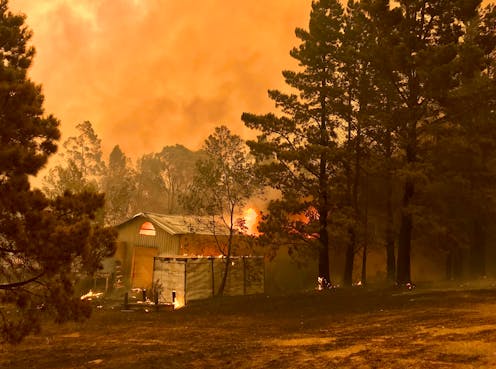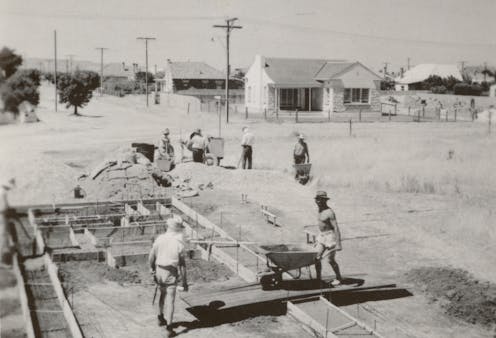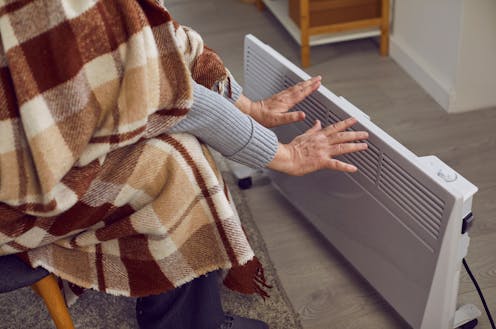
- Associate Professor in Architecture, University of South Australia

Older homes are more at risk from bushfires. Retrofitting can make your house more likely to weather a fire.

When Australia faced a housing crisis 80 years ago, the government was urged to promote the building of more climate-responsive homes. So why are so many homes today still not made for our climate?

We know what needs to be done, but it depends on the political will to act. And some states and territories have failed to adopt actions to improve housing quality that were agreed in 2022.

Victoria is leading the way in ensuring poor-quality rental housing is upgraded to be safe, comfortable and energy-efficient.

Throughout last winter, 81% of homes in a new study were colder than the recommended minimum – the coldest fell to a minimum hourly average of 5 degrees. Cold homes can have deadly consequences.

It’s been unusually cold, and energy prices are soaring. That spells trouble for the quarter of Australians who have very cold homes.

The difficulties for people facing housing disadvantage don’t end as soon as their situation improves. They are at higher risk of poorer mental health years or even decades later.

Housing affordability is one of Australia’s great unsolved problems. Some households can make adjustments to cover high housing costs, but the ones deprived of essentials are under real stress.

The idea of a hot and sunny land is so baked into our thinking about Australia that we’ve failed to design and build houses that protect us from the cold.
Contact Lyrian for
- General
- Media request
- Speaking request
- Consulting / Advising
- Research collaboration
- Adelaide, Australia
- Website
- @lyriandaniel
- Article Feed
- ORCID
- Joined